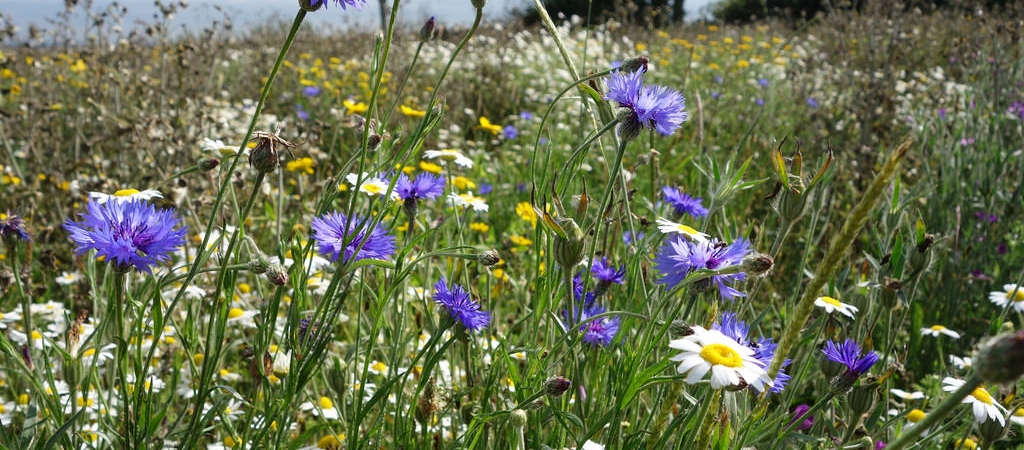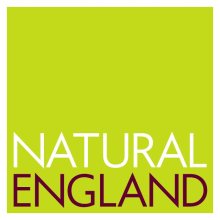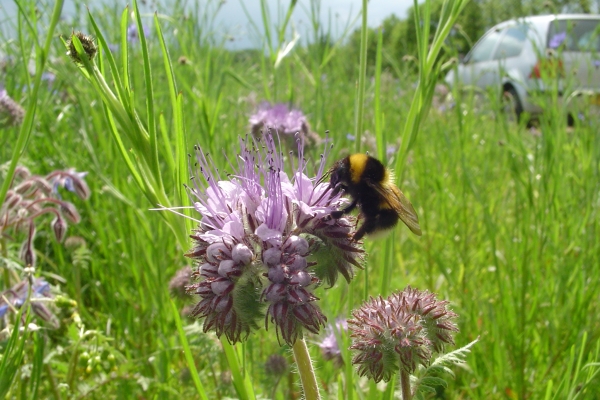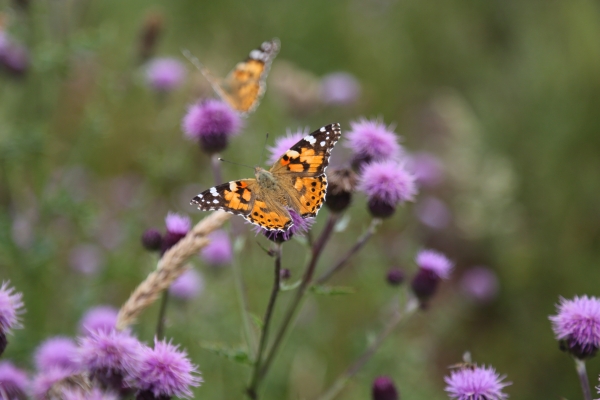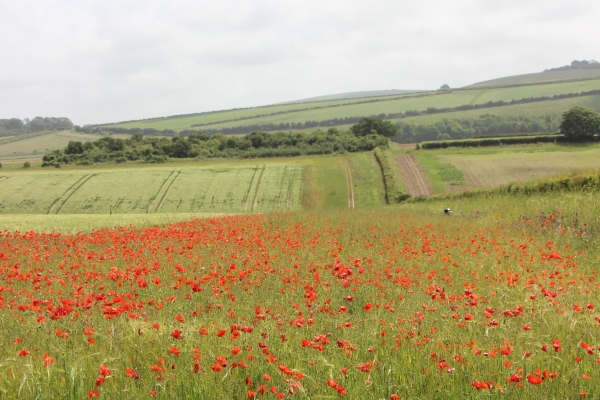Rare Arable Flowers App
Resource explained
Arable wildflowers provide a vital food resource for birds and insects important for pollination and pest control, and are part of our cultural heritage. This mobile app has been developed by the Biological Records Centre (BRC) at the Centre for Ecology & Hydrology (CEH) to help identify rare arable wildflowers and to collect and share data from farmers to aid their conservation. From this webpage there are links to data collected by the app and to where you can download it from. There is also a short video featuring Dr Markus Wagner of the CEH who explains how to use the app, the importance of arable wildflowers within British farming, and the need for “sympathetic management” to ensure their survival.
Findings & recommendations
- Many rare arable wildflower species have declined in recent decades due to modern farming methods. It is important to conserve species on farmland where populations still exist.
- The app provides detailed information on over 120 rare wildflowers.
- Farmers can identify plants and record information about sightings. The app (which can be used offline) has a photo gallery, distribution maps and information on the biology and conservation status of the flowers. It also provides users with conservation management advice for arable land and options for land under agri-environment schemes in various parts of the UK.
- Management advice is based on the experiences of arable farmers on using the most suitable approach to support stable and expanding populations of wildflowers.
- All submitted records will be reviewed and verified by the BRC before being added to the national database.
- Verified data is recorded at the Rare Arable Flowers app Info Centre.
- The data will help build a map of the distribution, trends, and most important sites for wildflower conservation.
- The database relies on farmer input to record species and a commitment to sensitively manage land for the preservation of threatened arable wildflowers.
- More information about the project can be found here.
(Header image: Flower-rich field margin vegetation with cornflower in foreground. Photo credit: Nadine Mitschunas)
